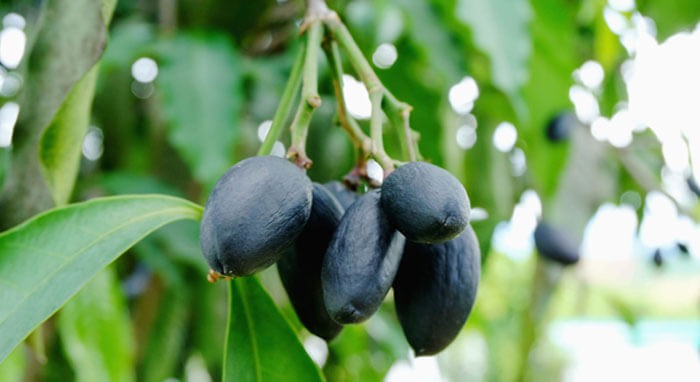Haritaki uses vary by geography, with some regions of the world focusing on using haritaki for one purpose and other regions for a different purpose. In Iran haritaki has been used traditionally for thousands of years to treat dementia. In Iran haritaki is refered to as halilaj or halileh, yet the tree is the same Terminalia chebula tree. There appears to not an extensive amount of research that verifies or supports these traditional uses such as for dementia. However this traditional use ties in with the increases in brain function that are being reported in India from the use of haritaki. We do know that haritaki cleanses the digestive tract, and there is research that shows that there is a direct correlation between gut bacteria and dementia.
Here is some information on that research:
https://www.omni-biotic.com/no_cache/gb/blog/detail/news/gut-bacteria-and-dementia/
Clinical studies confirm: If the intestinal barrier is destroyed (Leaky Gut), bacteria and their metabolic products can leave the intestines and deposit themselves in different parts of the body and can cause damaging effects (bacterial translocation). A Leaky Gut can be confirmed, among others, by measuring the amount of calprotectin in faeces, whereas a high concentration can indicate a damaged intestinal barrier. In a clinical study, the faeces of 22 Alzheimer’s patients were analysed, of which 73% had a Calprotectin concentration above the norm (> 50mg/kg). This upholds the hypothesis that faecal Calprotectin is the result of a Leaky Gut and leads to an unnoticed (“silent”) systemic inflammation process – ultimately also in the brain.
This article details more information on the Iran information:
Terminalia chebula (family: Combretaceae) is widely used in the traditional medicine of India and Iran to treat diseases that include dementia, constipation, and diabetes. This tree is known in Iranian traditional medicine (ITM) as halileh or halilaj and the fruit is used to develop treatments. It is described in ITM as an astringent that has a “cold” and “dry” temperament. References to the medicinal properties of Terminalia chebula were collected from important ITM sources and from modern medical databases (PubMed, Scirus, ScienceDirect, and Scopus). The medicinal properties described for this tree in ITM were compared with those reported in studies of modern phytotherapy. The results confirm that the tree referred to as halileh in traditional books is the Terminalia chebula used in present-day studies. Treatments that have not been evaluated in modern phytotherapy but have been traditionally treated with Terminalia chebula include fever, and psychological and psychiatric issues. This article confirms the medicinal uses of Terminalia chebula.
https://www.sciencedirect.com/science/article/pii/S0254627216300358
Here is a link to more information on benefits of haritaki

